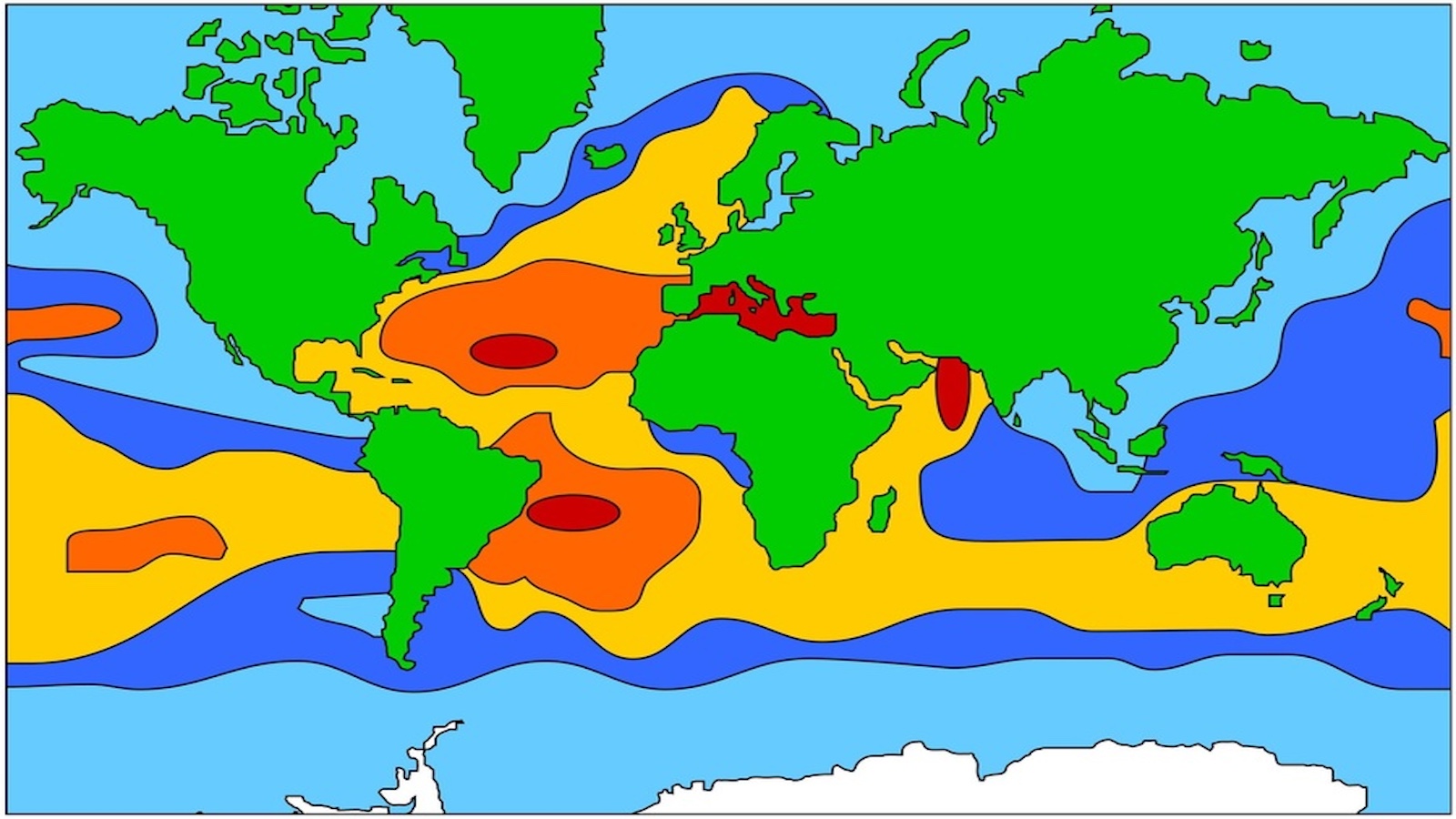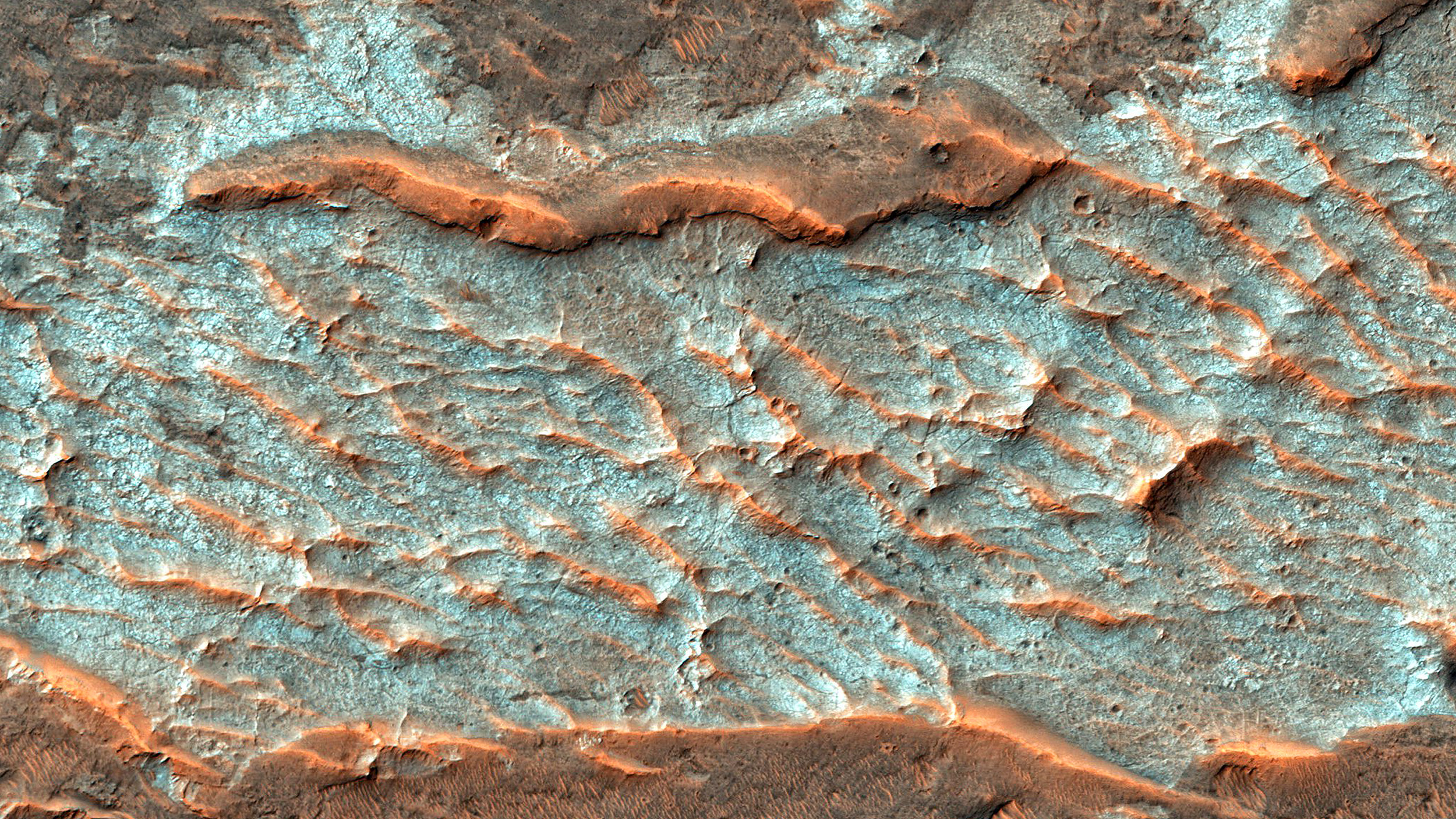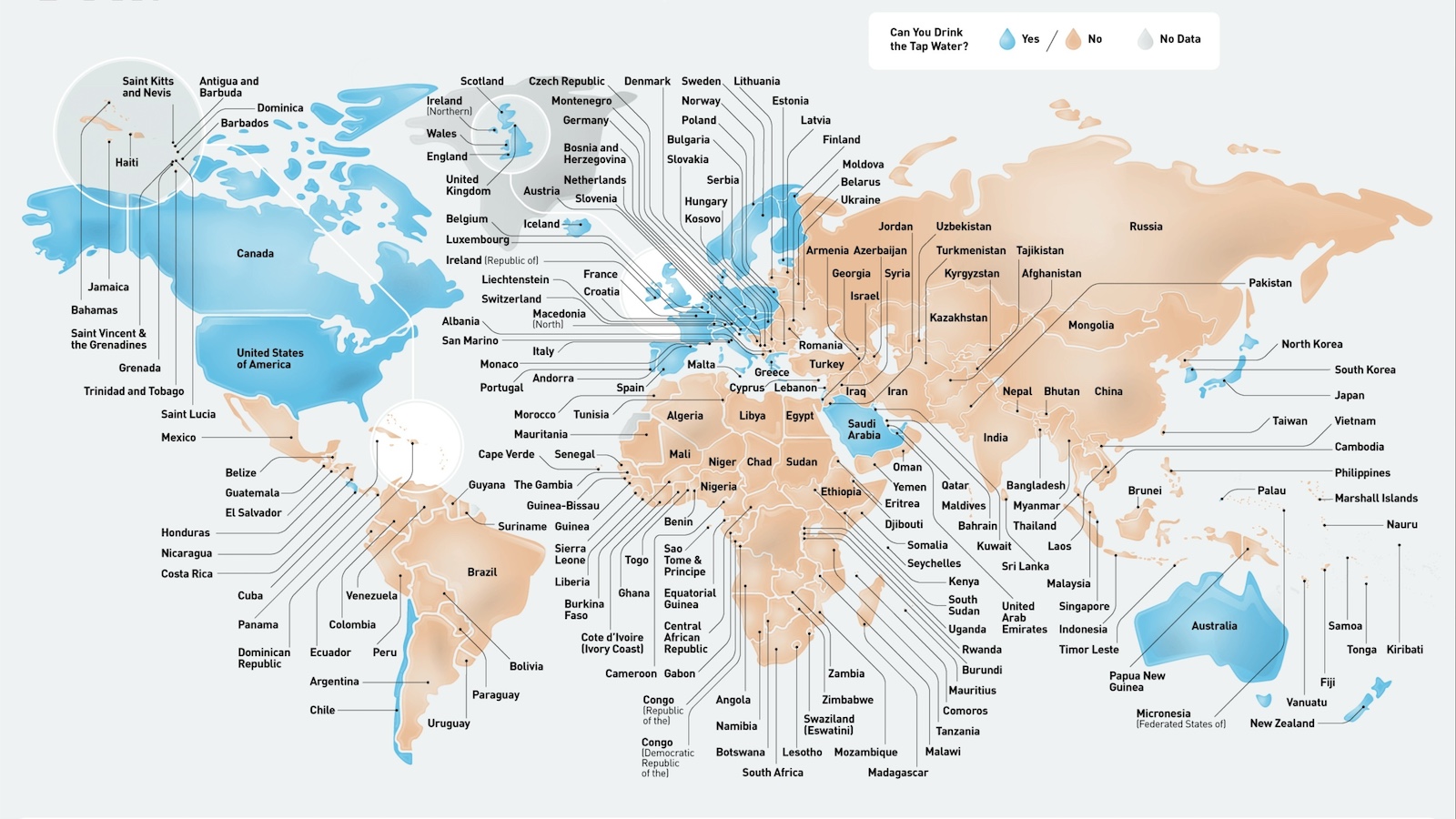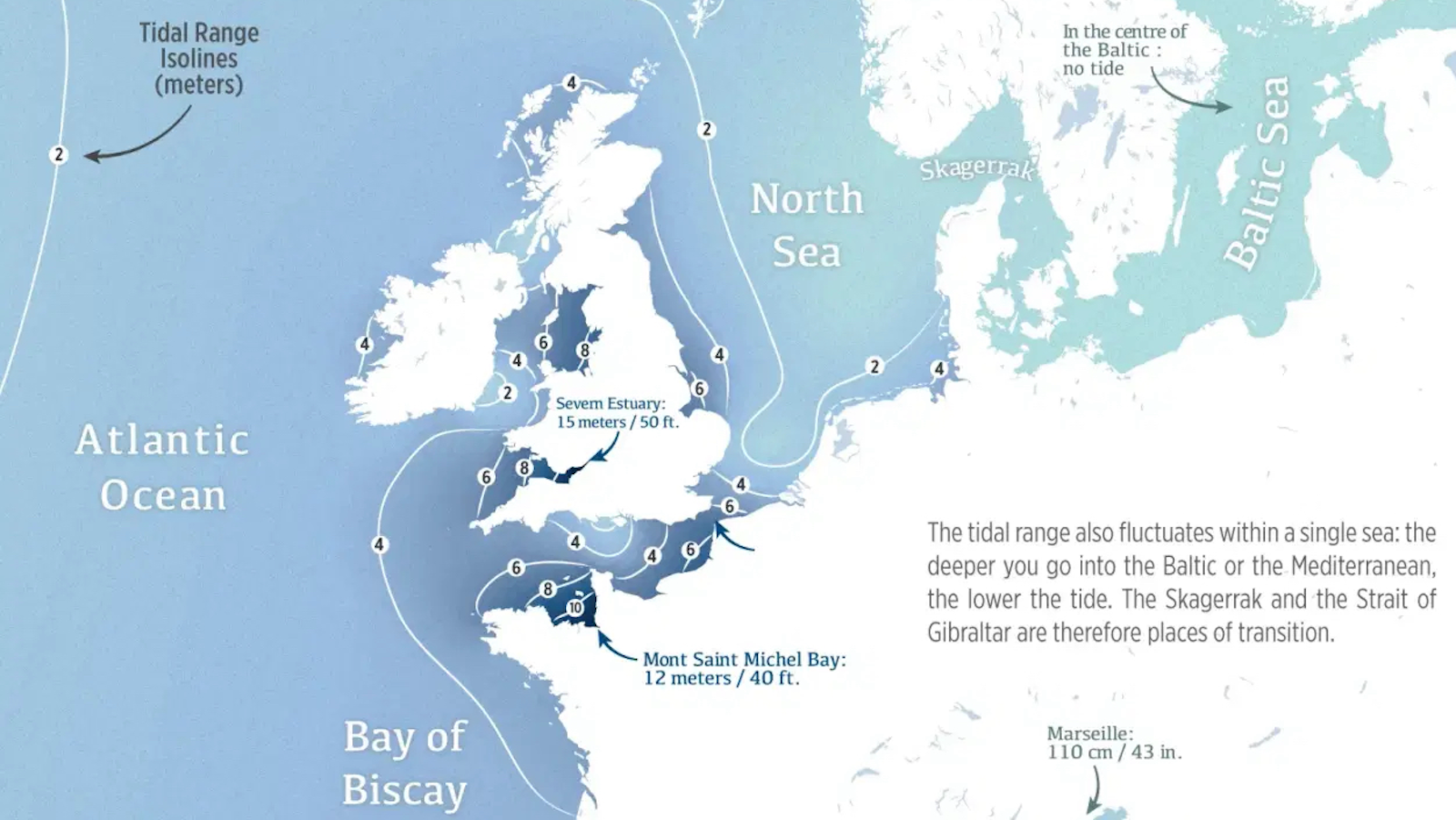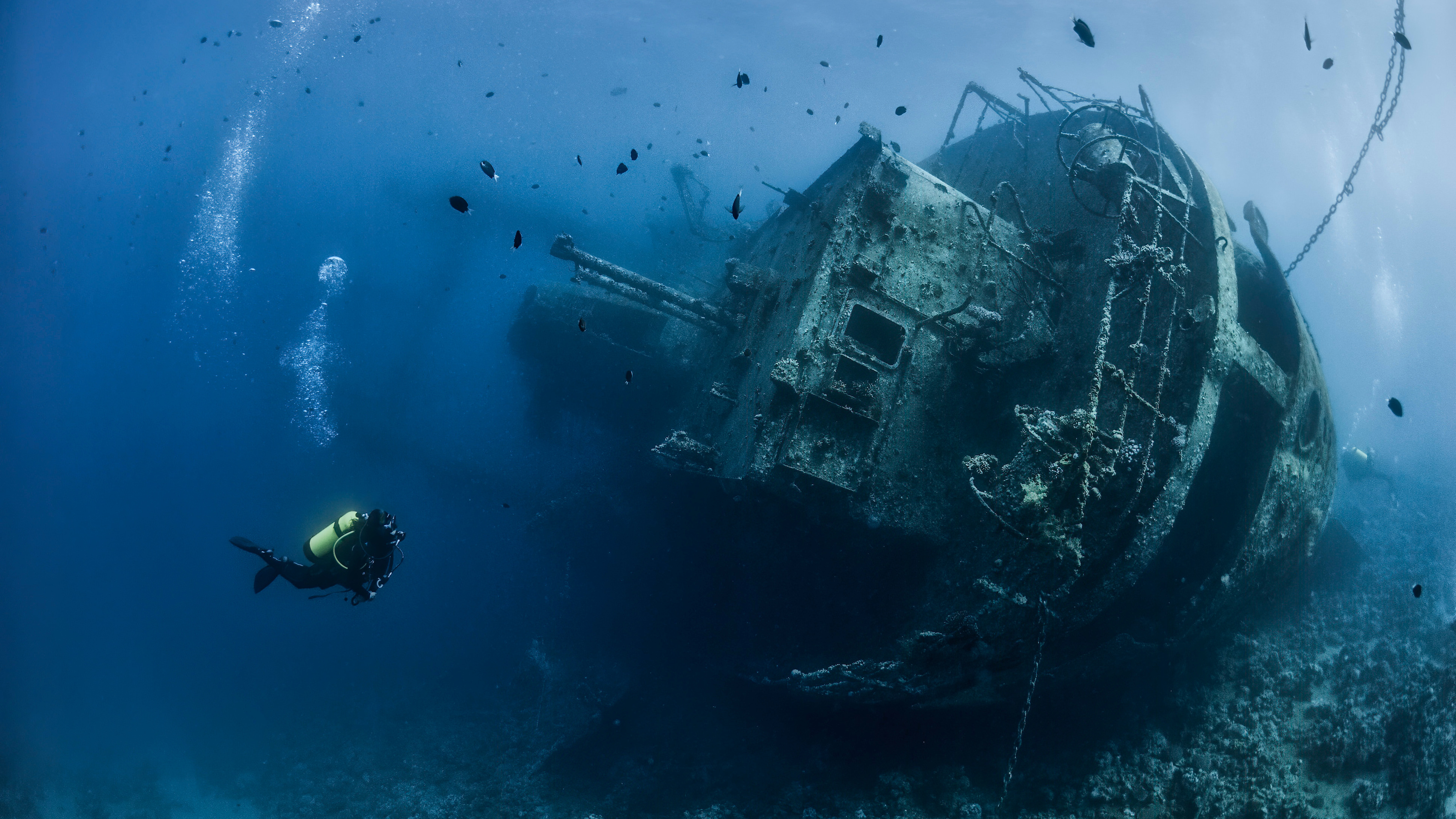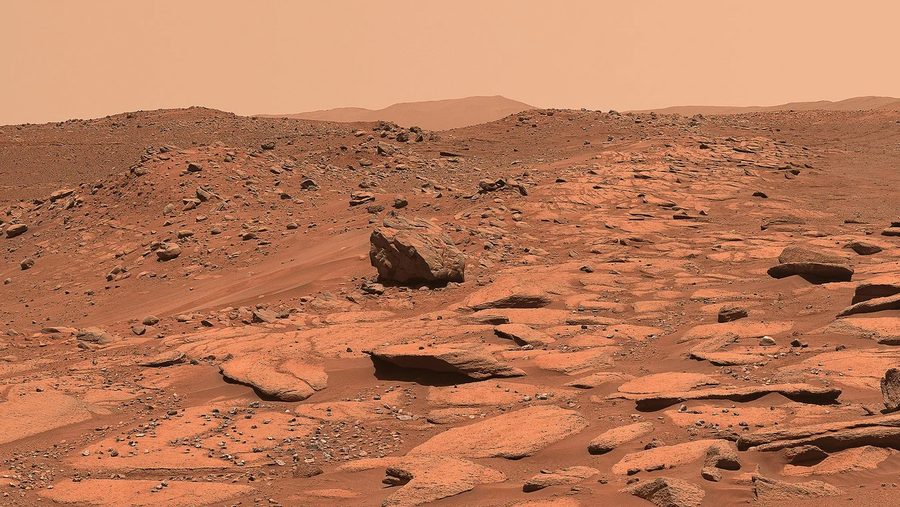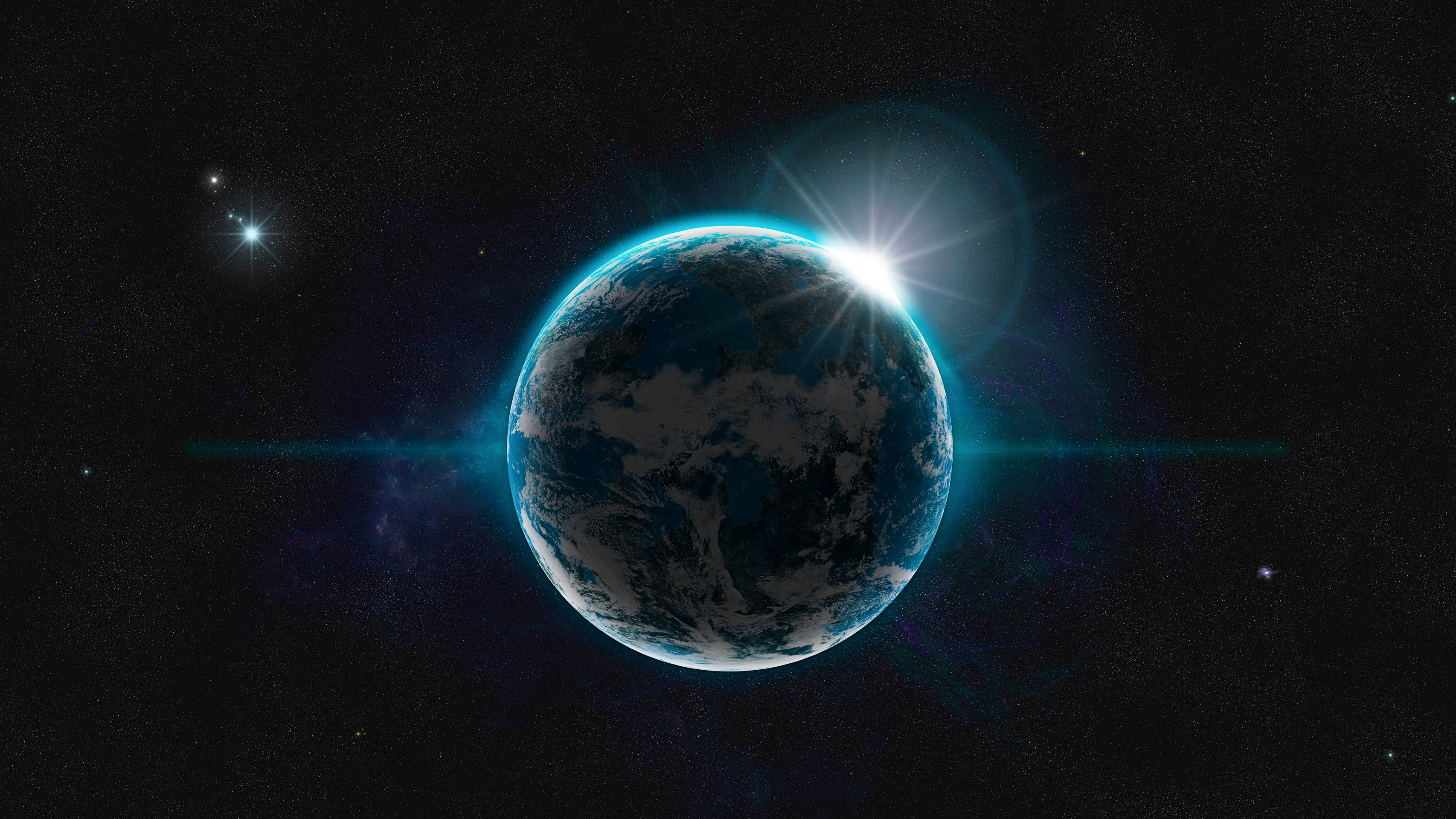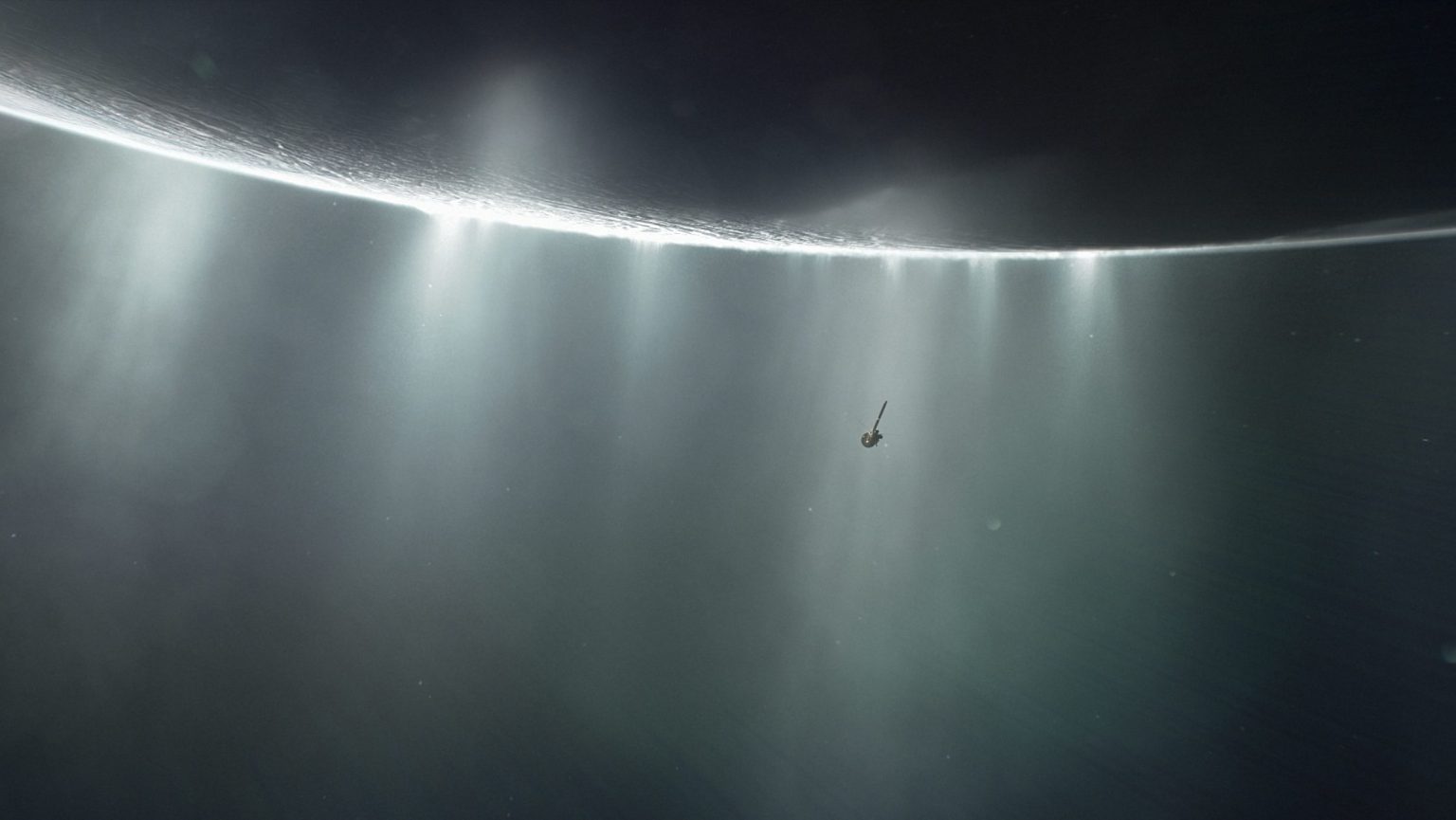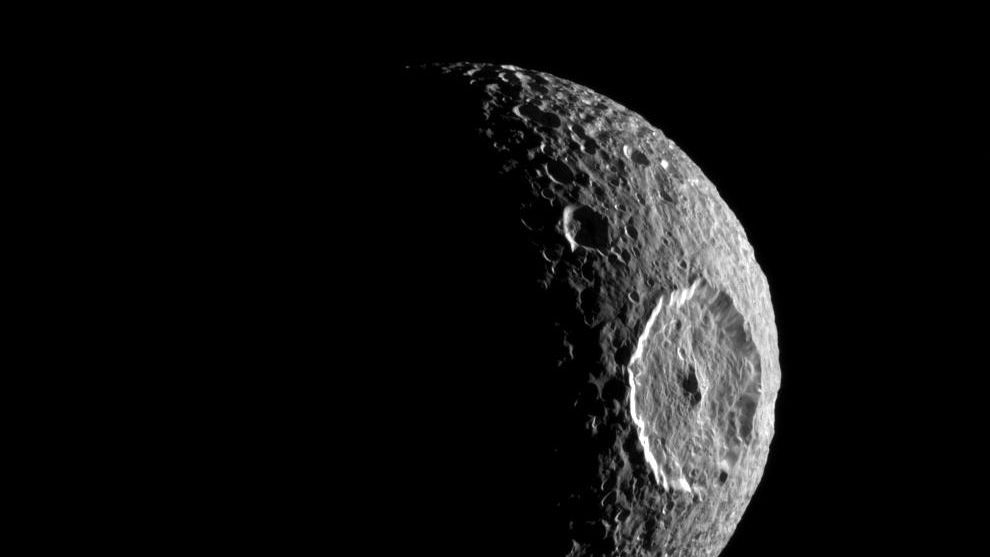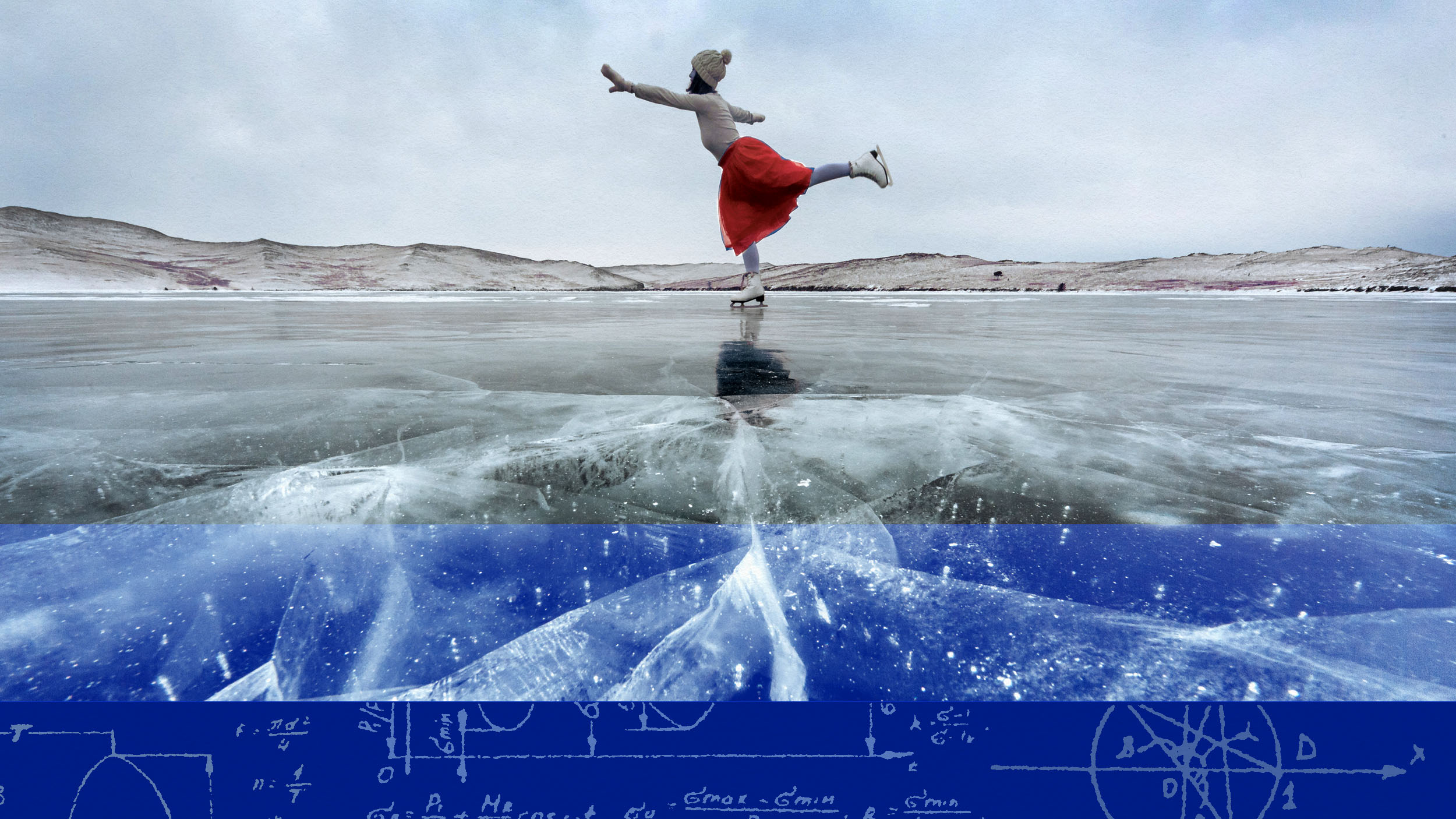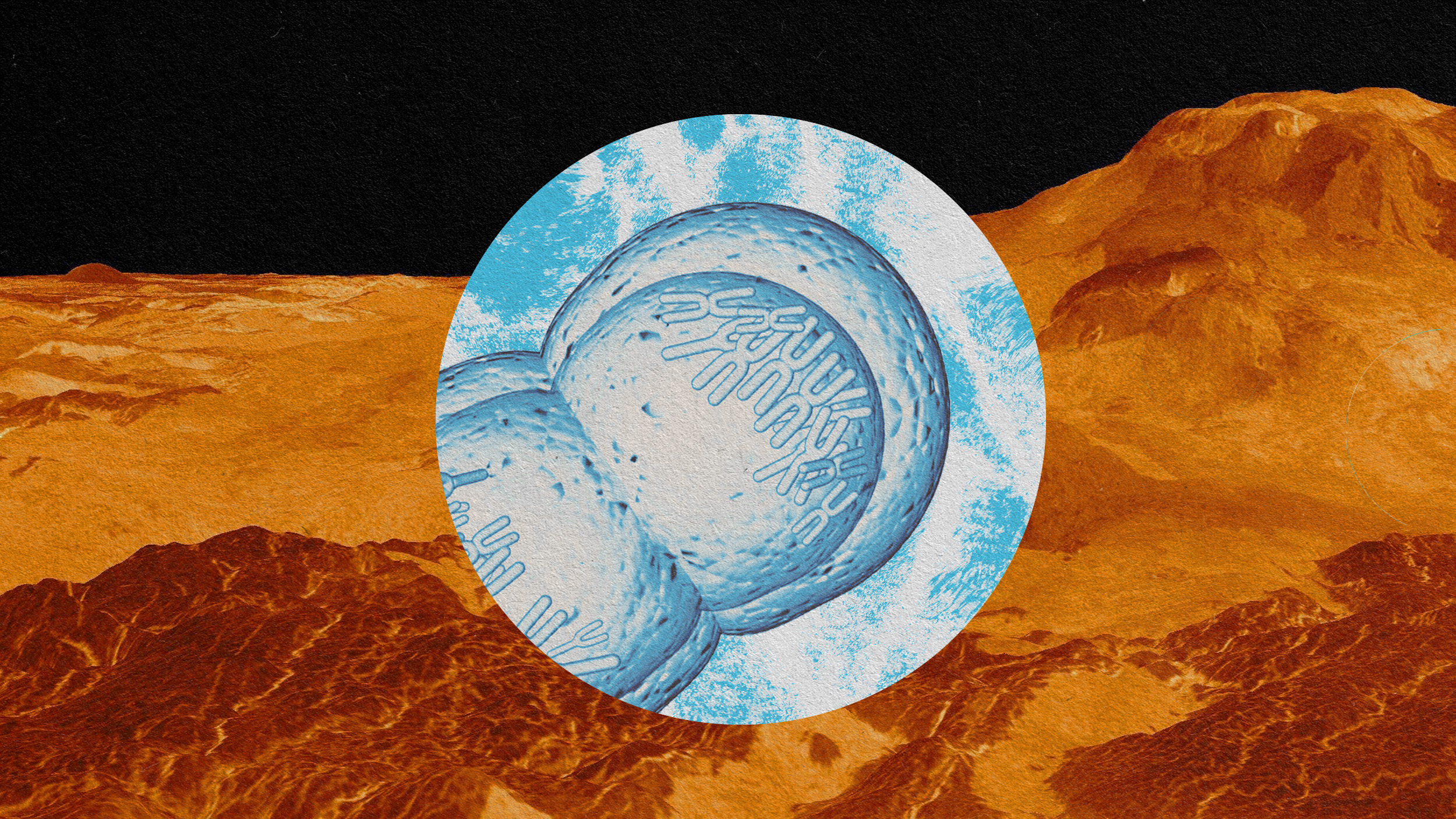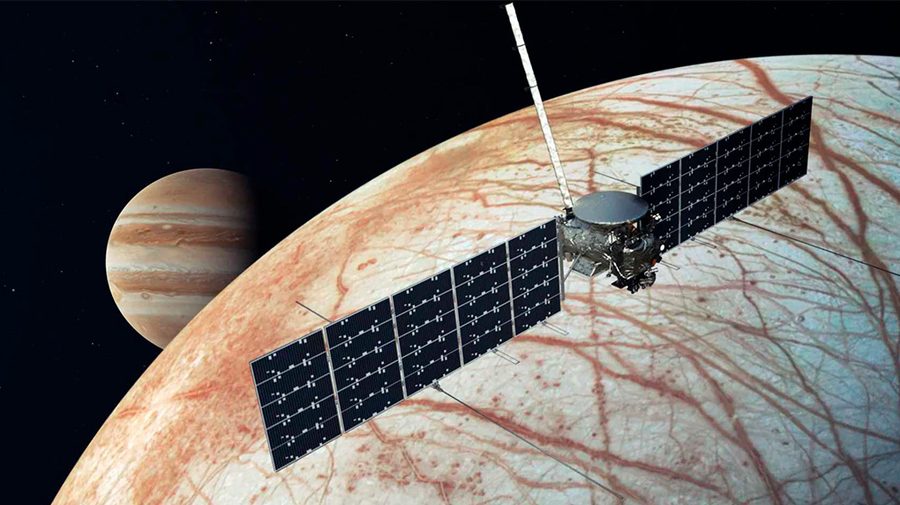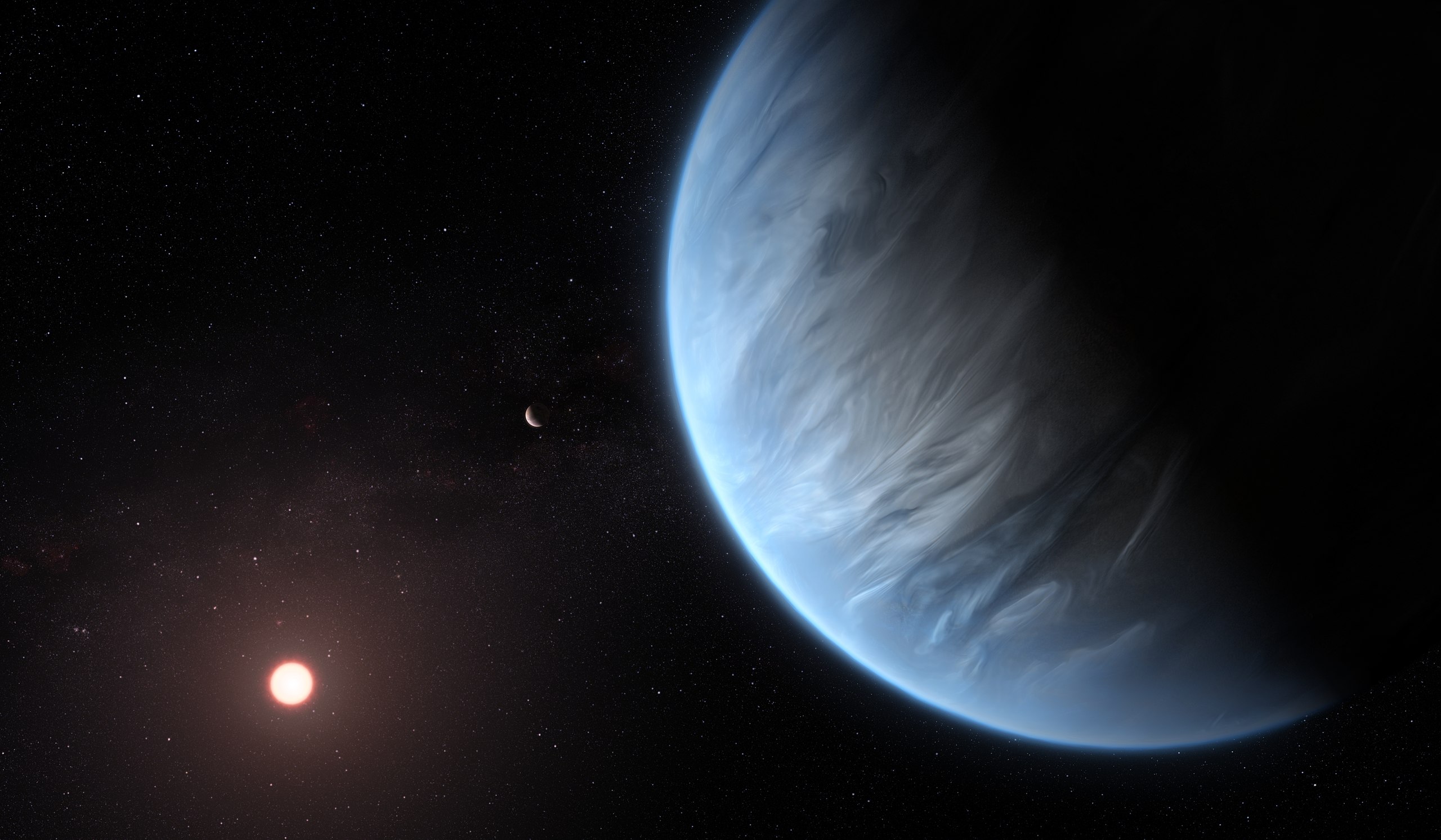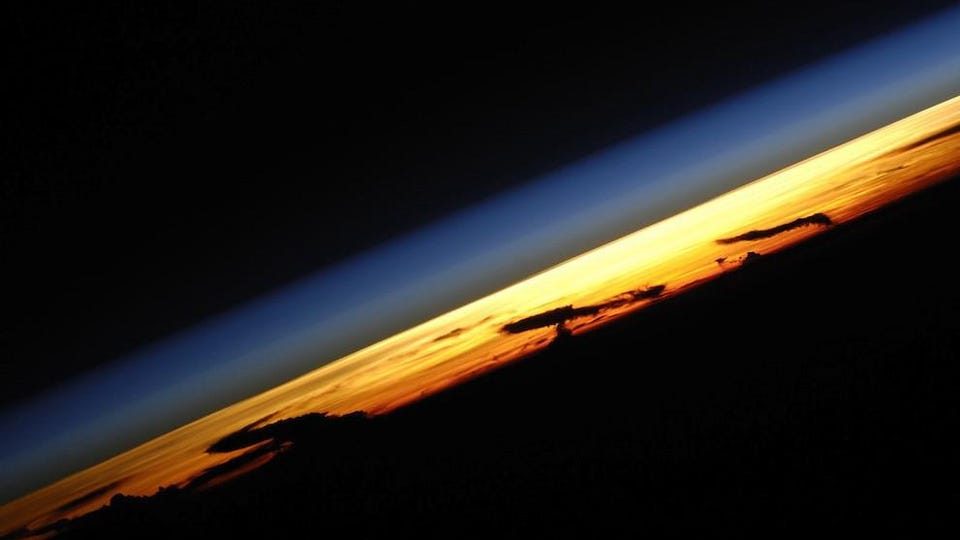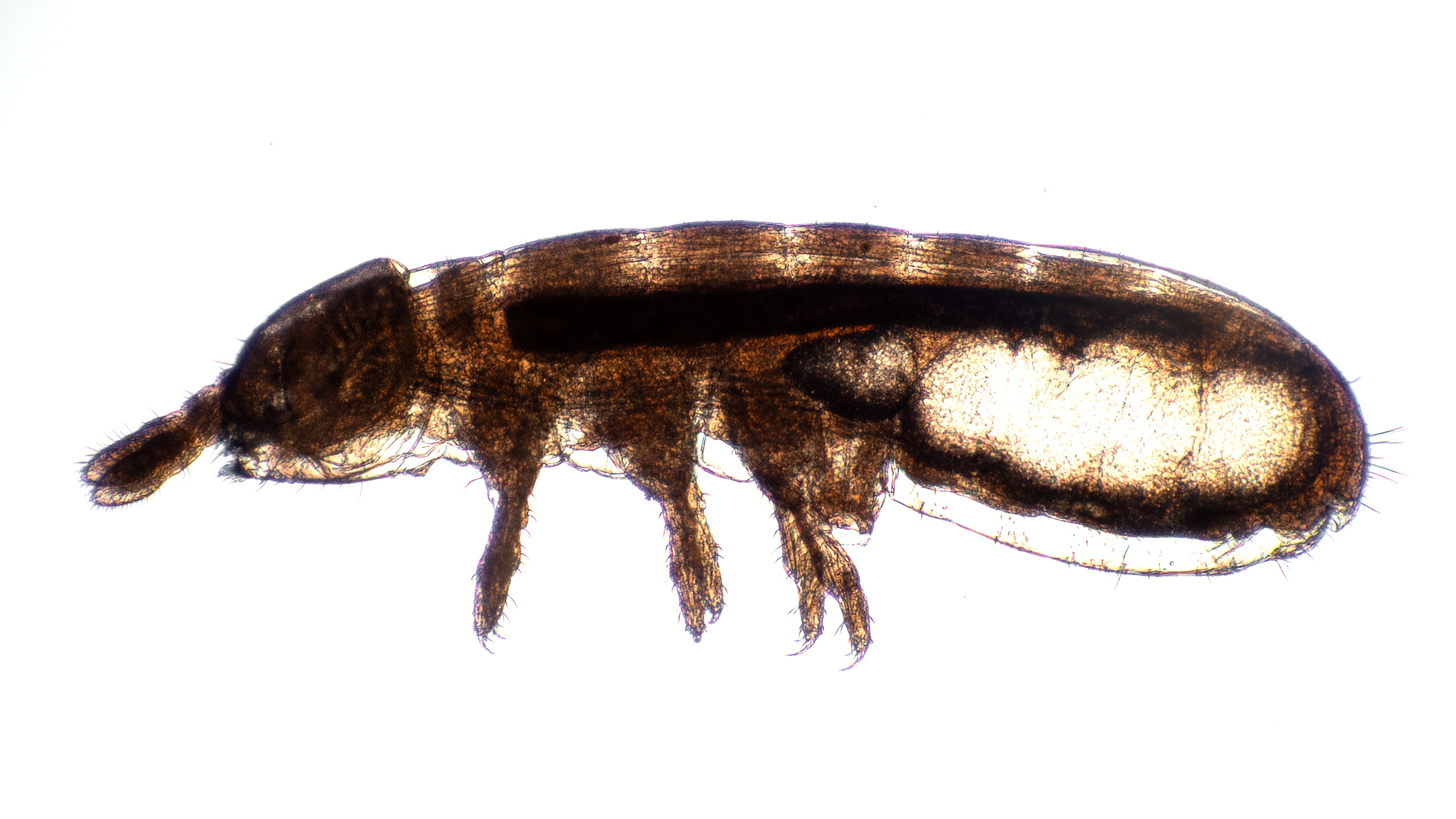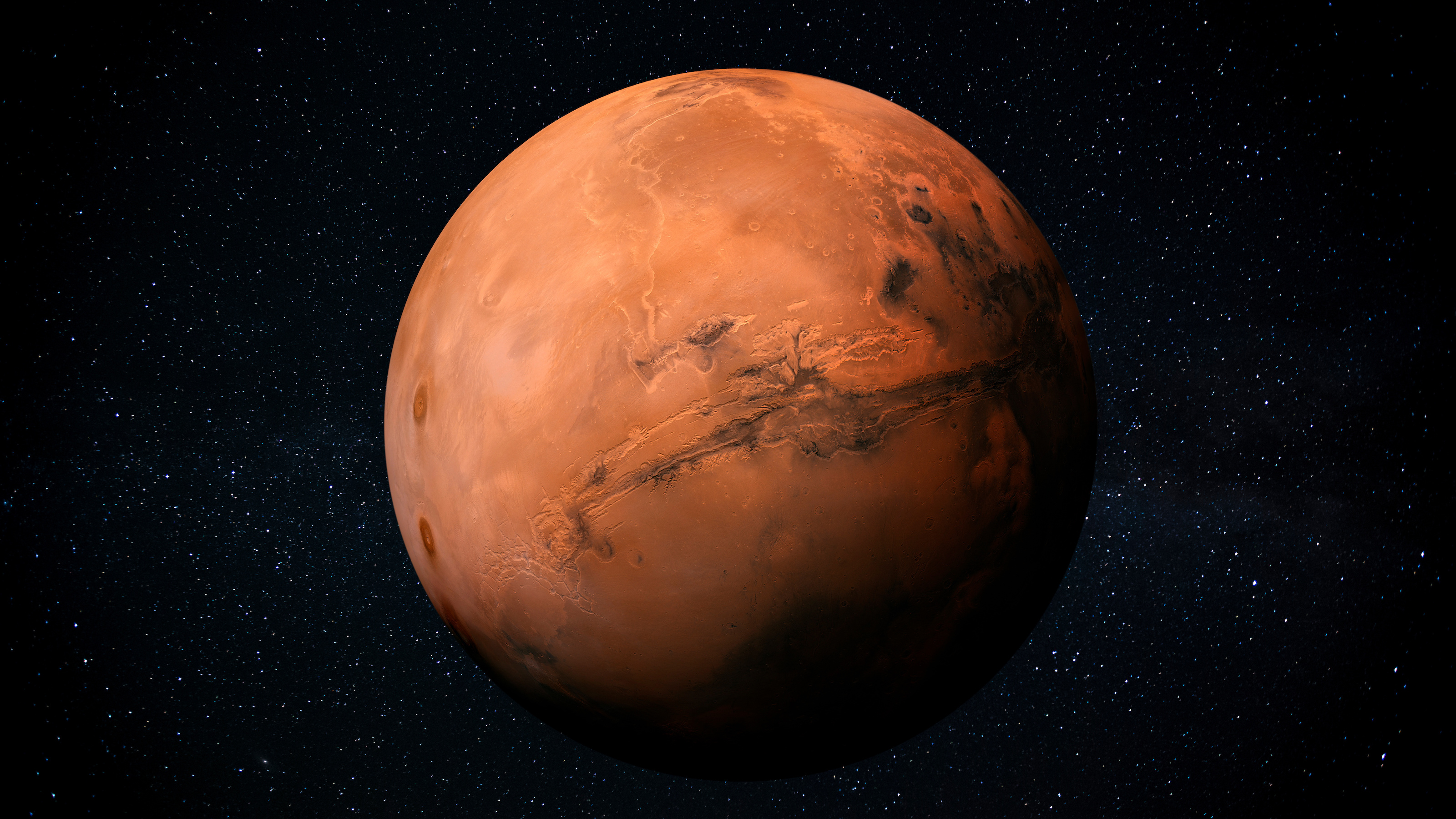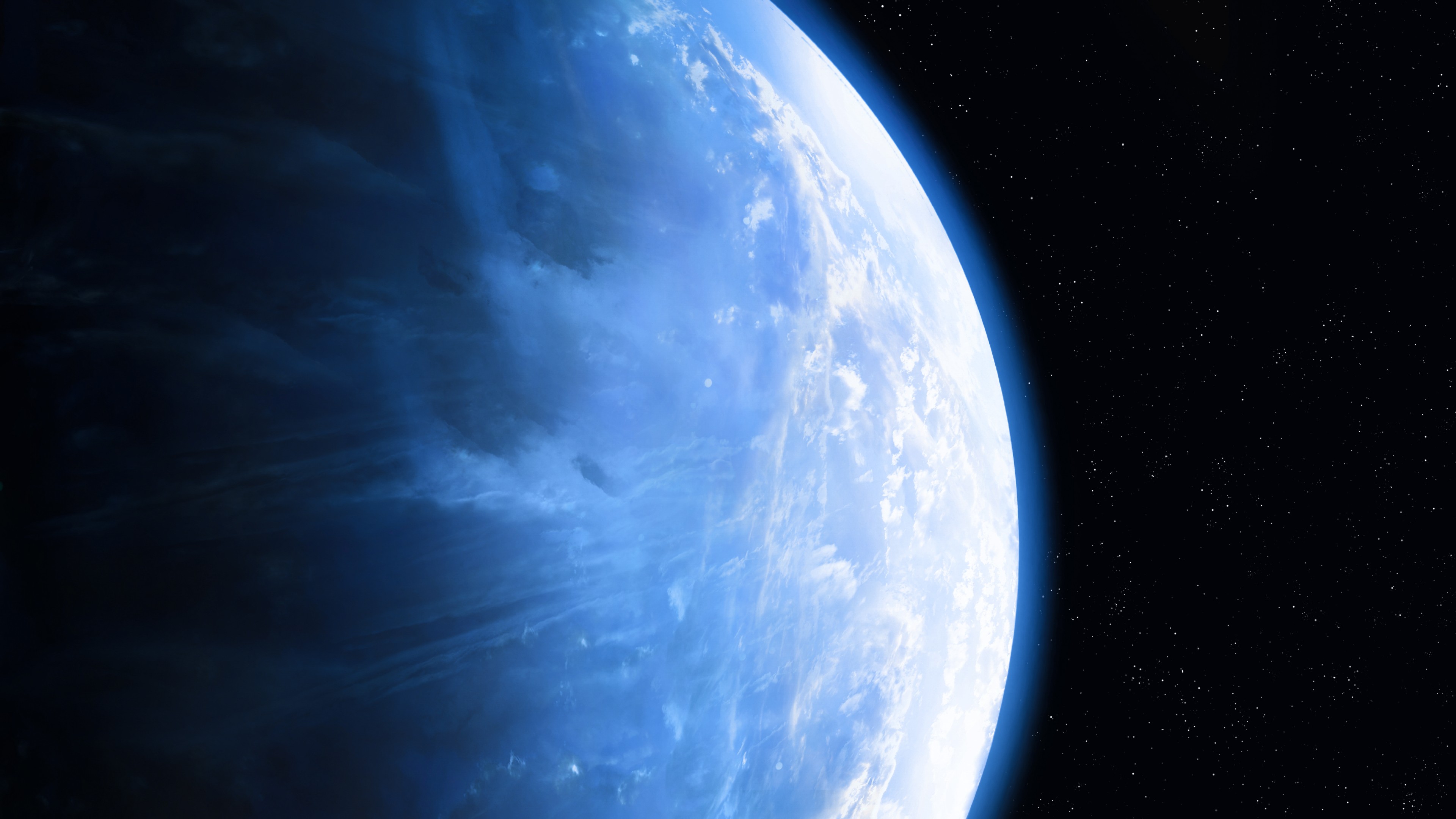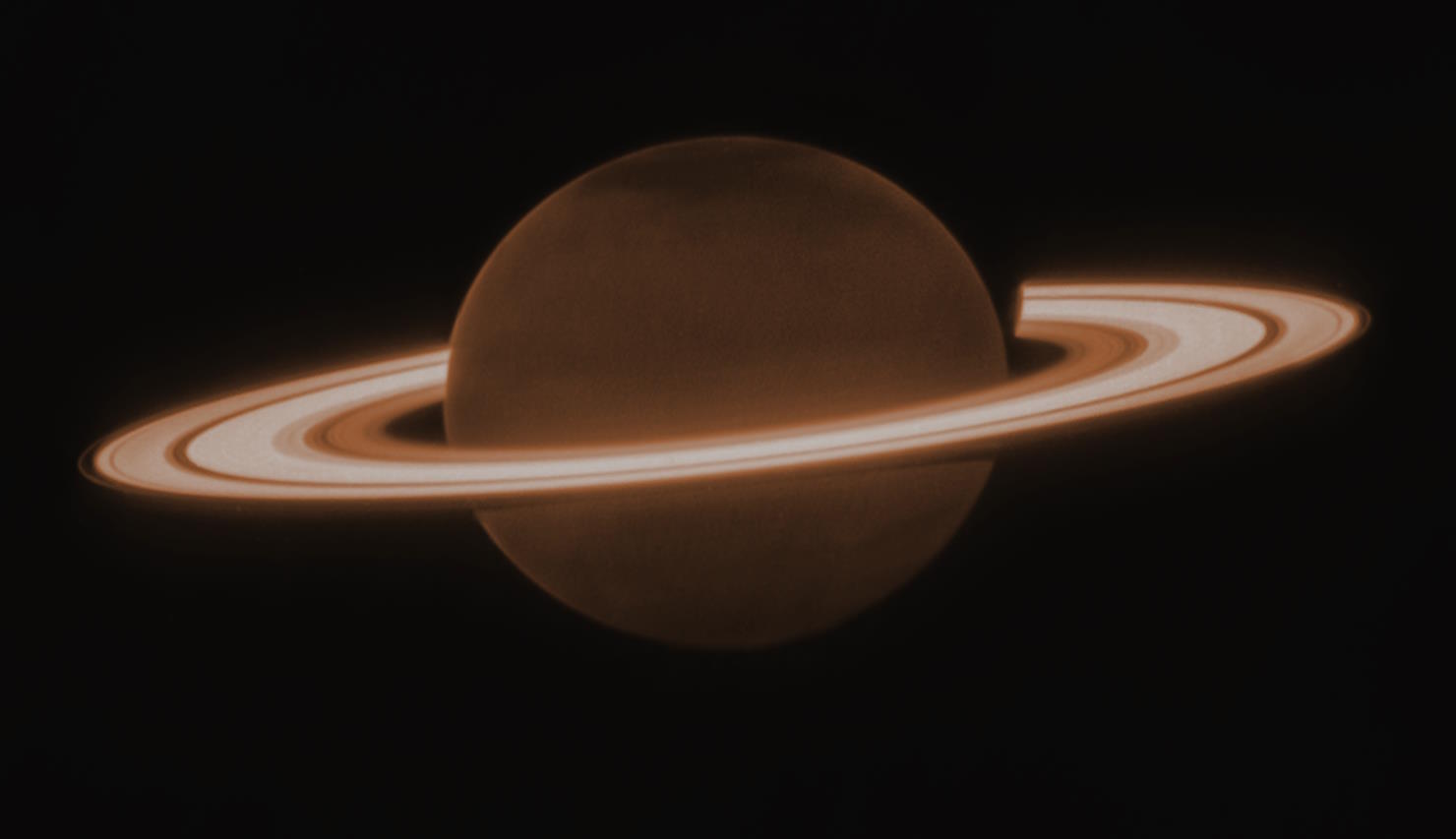The salinity of the oceans is not just a matter of taste. Saltier water behaves differently, too.
Search Results
You searched for: Water
Scientists might be looking for Martian life in the wrong place.
According to the CDC, 50 countries worldwide have drinkable tap water. But look closer, and the picture is more nuanced.
Great tidal ranges are relatively rare on a global scale — and can be very deadly to the unsuspecting foreshore walker.
The fear of deep bodies of water may be evolutionarily ingrained.
Caption:“At this time in Mars’ history, we think CO2 is everywhere, in every nook and cranny, and water percolating through the rocks is full of CO2 too,” Joshua Murray says.
The number of planets that could support life may be far greater than previously thought, a recent discovery suggests.
This research team is working out how to detect extraterrestrial cells in the liquid water ocean hidden beneath Enceladus’s icy crust.
The laws of physics aren’t changing. But the Earth’s conditions are different than what they used to be, and so are hurricanes as a result.
Sometimes called “the new gold,” sand is the second most exploited natural resource in the world after fresh water.
The existence of another watery world in the outer solar system may offer clues to how such seas form — and hope for another spot to search for life.
While ice itself is slick, slippery, and difficult to navigate across under most circumstances, skaters easily glide across the ice.
There are at least 15 different types of solid water (ice). Now, scientists believe that there might be a second type of liquid water.
Exoplanet LP 791-18d is likely to have an atmosphere and liquid water.
MIT Scientist Jason Soderblom describes how the NASA mission will study the geology and composition of the surface of Jupiter’s water-rich moon and assess its astrobiological potential.
In the early stages of our Solar System, there were three life-friendly planets: Venus, Earth, and Mars. Only Earth thrived. Here’s why.
Finding this missing piece of water’s path through the universe offers clues to how it came to be on Earth.
Some fascinating observations of K2-18b have come along with horrendous, speculative communications. There’s no evidence for oceans or life.
The threats Mars astronauts face — and how NASA is working to solve them.
Cats twist and snakes slide, exploiting and negotiating physical laws. Scientists are figuring out how.
Figuring out the answer involved a prism, a pail of water, and a 50 year effort by the most famous father-son astronomer duo ever.
A long view of biological survival might point us to new possibilities for finding life elsewhere in the Universe.
Although early Earth was a molten hellscape, once it cooled, life arose almost immediately. That original chain of life remains unbroken.
In one experiment, the Viking landers added water to Martian soil samples. That might have been a very bad idea.
Could life be widespread throughout the cosmos, in the subsurface oceans of ice-covered worlds? NASA’s Europa Clipper mission investigates.
Explore how the study of exoplanets is transforming our understanding of ocean formation.
Decades ago, a disaster left three million acres of land uninhabitable and killed between 85,600 and 240,000 people. Chernobyl? No. Banqiao dam in China.
While Saturn and its moons all appear faint and cloudy to JWST, Saturn’s rings are the star of the show. Here’s the big scientific reason.
It’s a bird! It’s a plane! It’s a medieval airship!
